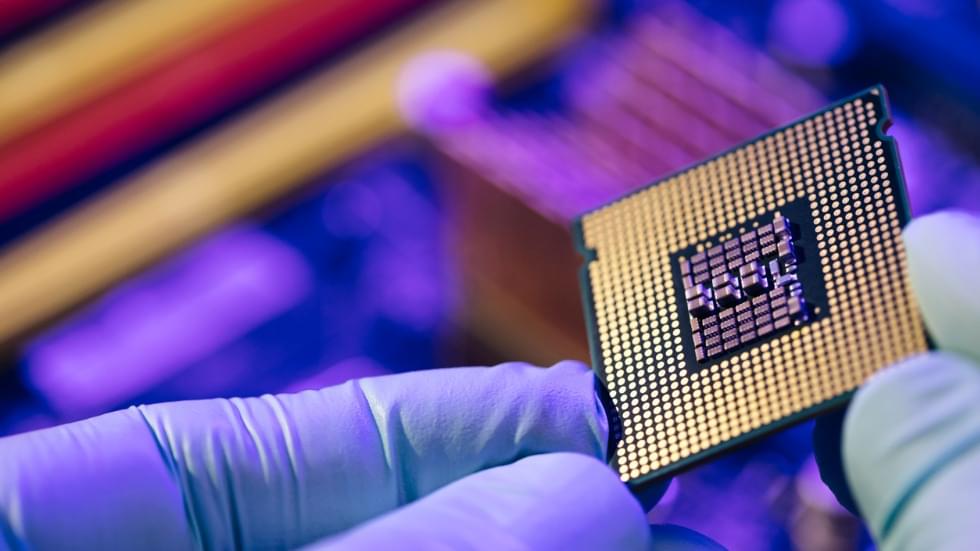Brandwidth founder Andrew Strange argues that there are actions brands can take right now to ensure they’re ready to succeed in the (virtual) future.



Join us on Patreon!
https://www.patreon.com/MichaelLustgartenPhD
TruDiagnostic Discount Link (Epigenetic Testing)
CONQUERAGING!
https://bit.ly/3Rken0n.
Bristle Discount Link (Oral microbiome quantification):
ConquerAging15
https://www.bmq30trk.com/4FL3LK/GTSC3/
Cronometer Discount Link (Daily diet tracking):
https://shareasale.com/r.cfm?b=1390137&u=3266601&m=61121&urllink=&afftrack=
Support the channel with Buy Me A Coffee!
https://www.buymeacoffee.com/mlhnrca.
Papers referenced in the video:
How expensive and difficult does hyperscale-class AI training have to be for a maker of self-driving electric cars to take a side excursion to spend how many hundreds of millions of dollars to go off and create its own AI supercomputer from scratch? And how egotistical and sure would the company’s founder have to be to put together a team that could do it?
Like many questions, when you ask these precisely, they tend to answer themselves. And what is clear is that Elon Musk, founder of both SpaceX and Tesla as well as a co-founder of the OpenAI consortium, doesn’t have time – or money – to waste on science projects.
Just like the superpowers of the world underestimated the amount of computing power it would take to fully simulate a nuclear missile and its explosion, perhaps the makers of self-driving cars are coming to the realization that teaching a car to drive itself in a complex world that is always changing is going to take a lot more supercomputing. And once you reconcile yourself to that, then you start from scratch and build the right machine to do this specific job.


The CHIPS Act of 2022 was signed into law on Aug. 9. It provides tens of billions of dollars in public support for revitalization of domestic semiconductor manufacturing, workforce training, and “leap ahead” wireless technology. Because we outsource most of our device fabrication — including the chips that go into the Navy’s submarines and ships, the Army’s jeeps and tanks, military drones and satellites — our industrial base has become weak and shallow. The first order of business for the CHIPS Act is to address a serious deficit in our domestic production capacity.
Notoriously absent from the language of the bill is any mention of chip security. Consequently, the U.S. is about to make the same mistake with microelectronics that we made with digital networks and software applications: Unless and until the government demands in-device security, our competitors will have an easy time of manipulating how chips function and behave. Nowhere is this more dangerous than our national security infrastructure.
If a machine makes art, is it even art? And what does this mean for actual artists?



Astronomers have reconstructed the history of star formation at the center of the Milky Way for the first time, finding that starbirth radiated outwards from the galaxy’s heart.
The results also revealed that most young stars in the densely packed galactic center formed with only loose associations and drifted further apart over the course of millions of years.